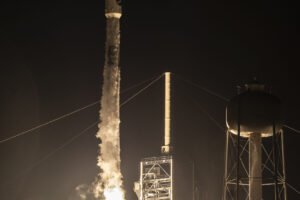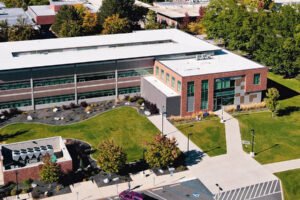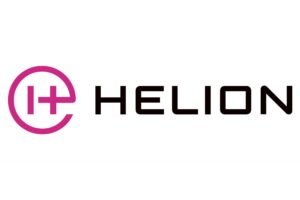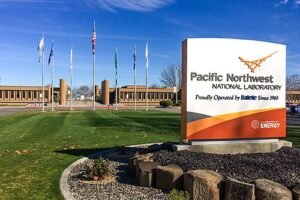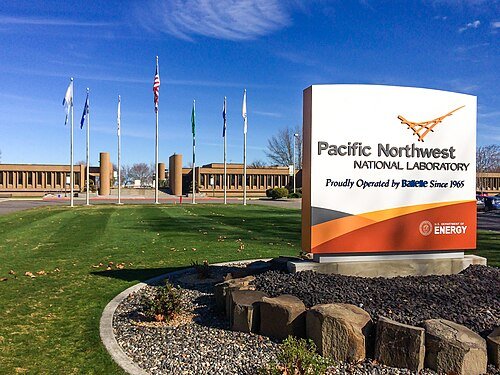Meta is making a massive push into AI infrastructure, with CEO Mark Zuckerberg announcing two huge data center projects: Hyperion and Prometheus. This aggressive expansion aims to solidify Meta’s position in the AI race against competitors like OpenAI and Google.
Hyperion, expected to be located in Richland Parish, Louisiana, is designed to deliver an astounding five gigawatts (GW) of computational power. Its footprint will be comparable to most of Manhattan, with Meta planning to bring two gigawatts online by 2030 and scaling to five GW over several years. Complementing Hyperion, Meta will launch Prometheus, a one GW supercluster in New Albany, Ohio, by 2026. These facilities will provide the immense processing power needed to train and deploy advanced AI models and attract top AI talent.
However, the scale of these data centers raises significant environmental concerns. Both Hyperion and Prometheus will require enormous amounts of energy, potentially straining local power grids and water supplies. For example, a Meta data center in Newton County, Georgia, has already been linked to local water shortages. As AI data centers proliferate, experts estimate they could account for 20% of America’s energy consumption by 2030, a substantial increase from 2.5% in 2022. This surge in demand, coupled with the reliance on fossil fuels for much of the energy production, could lead to increased emissions and further environmental problems if not managed with rapidly increased clean energy production.
Despite these challenges, tech companies, with support from government officials like U.S. Secretary of Energy Chris Wright, are determined to build out AI infrastructure. This push for “superintelligence” highlights the growing importance of computational power in the AI arms race, but it also necessitates a critical examination of the long-term environmental and community impacts.

